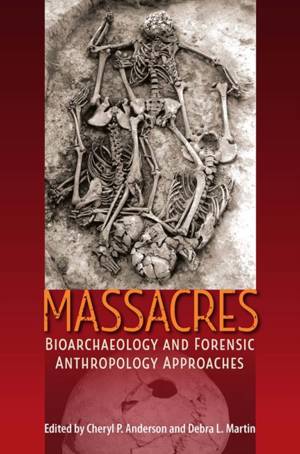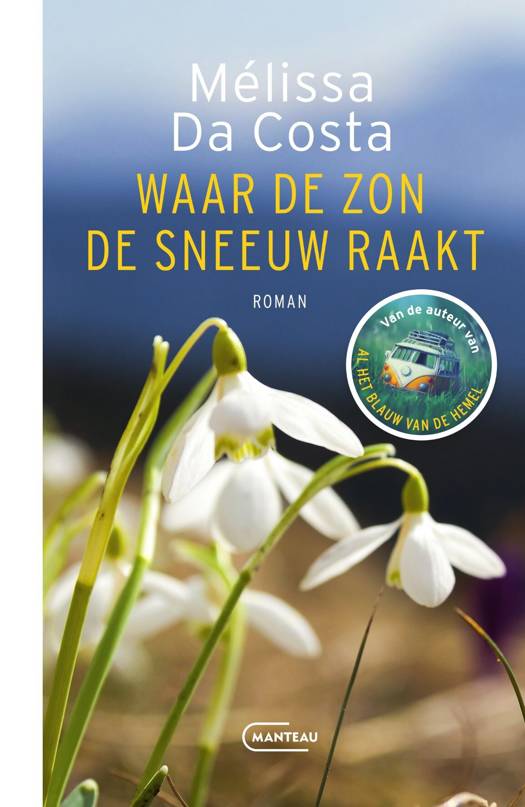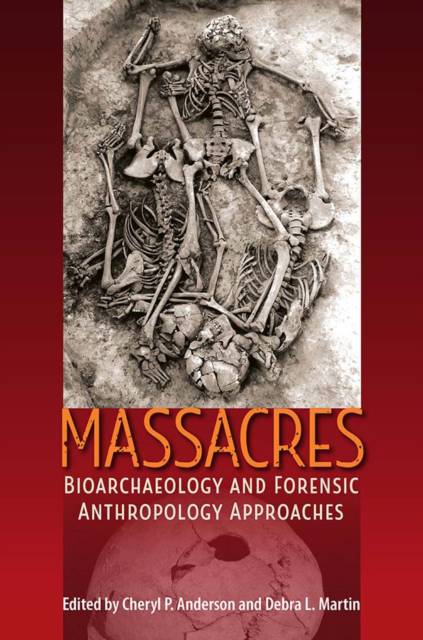
- Afhalen na 1 uur in een winkel met voorraad
- Gratis thuislevering in België vanaf € 30
- Ruim aanbod met 7 miljoen producten
- Afhalen na 1 uur in een winkel met voorraad
- Gratis thuislevering in België vanaf € 30
- Ruim aanbod met 7 miljoen producten
Zoeken
Massacres
Bioarchaeology and Forensic Anthropology Approaches
€ 145,45
+ 290 punten
Omschrijving
This volume integrates data from researchers in bioarchaeology and forensic anthropology to explain when and why group-targeted violence occurs. Massacres have plagued both ancient and modern societies, and by analyzing skeletal remains from these events within their broader cultural and historical contexts this volume opens up important new understandings of the underlying social processes that continue to lead to these tragedies. In case studies that include Crow Creek in South Dakota, Khmer Rouge-era Cambodia, the Peruvian Andes, the Tennessee River Valley, and northern Uganda, contributors demonstrate that massacres are a process--a nonrandom pattern of events that precede the acts of violence and continue long afterward. They also show that massacres have varying aims and are driven by culture-specific forces and logic, ranging from small events to cases of genocide. Many of these studies examine bones found in mass graves, while others focus on victims whose bodies have never been buried. Notably, they also expand widely held definitions of massacres to include structural violence, featuring the radical argument that the large-scale death of undocumented migrants in Arizona's Sonoran Desert should be viewed as an extended massacre. This is the first volume to focus exclusively on massacres as a unique form of violence. Its interdisciplinary approach illuminates similarities in human behavior across time and space, provides methods for identifying killings as massacres, and helps today's societies learn from patterns of the past. Contributors Cheryl P. Anderson Cate E. Bird William E. De Vore David H. Dye Julie M. Fleischman Julia R. Hanebrink Ryan P. Harrod Keith P. Jacobi Ashley E. Kendell Krista E. Latham Justin Maiers Debra L. Martin Alyson O'Daniel Anna J. Osterholtz Marin A. Pilloud His Excellency Sonnara Prak Tricia Redeker Hepner Sophearavy Ros Al W. Schwitalla Dawnie Wolfe Steadman J. Marla Toyne Vuthy Voeun P. Willey A volume in the series Bioarchaeological Interpretations of the Human Past: Local, Regional, and Global Perspectives, edited by Clark Spencer Larsen
Specificaties
Betrokkenen
- Uitgeverij:
Inhoud
- Aantal bladzijden:
- 226
- Taal:
- Engels
- Reeks:
Eigenschappen
- Productcode (EAN):
- 9781683400691
- Verschijningsdatum:
- 11/12/2018
- Uitvoering:
- Hardcover
- Formaat:
- Genaaid
- Afmetingen:
- 156 mm x 234 mm
- Gewicht:
- 530 g

Alleen bij Standaard Boekhandel
+ 290 punten op je klantenkaart van Standaard Boekhandel
Beoordelingen
We publiceren alleen reviews die voldoen aan de voorwaarden voor reviews. Bekijk onze voorwaarden voor reviews.







